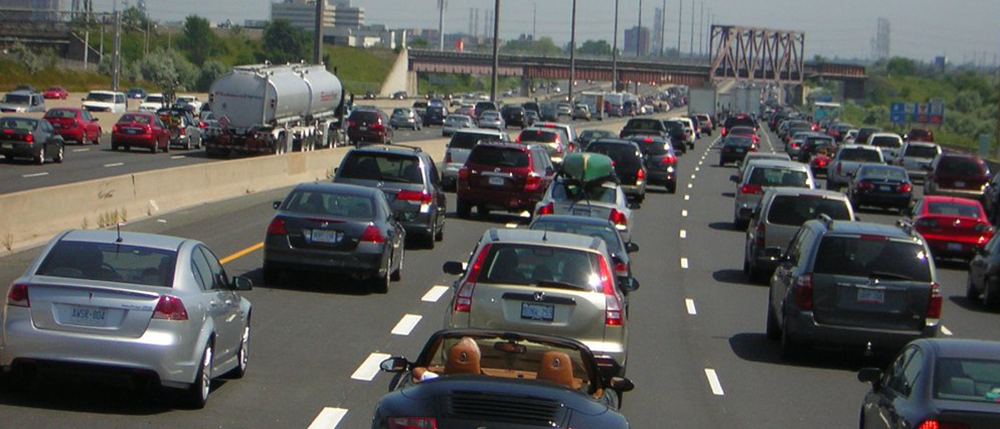It Happens Every Day On Canadian Roads
One vehicle stops suddenly and the vehicle behind them locks up their brakes but can't stop in time and – CRASH – two cars try to occupy the same space. In the eyes of the law, the second car that couldn't stop in time is the one at fault in this completely avoidable collision scenario.

Drivers Are Not Keeping Safe Distance From Each Other
The reason is, drivers tend to follow each other too closely.
In some cases, it's obvious: Tailgaters ride right up on the bumper of the vehicle in front of them, which something you should only see in a NASCAR race and not on the roads.
In some cases, it's less obvious: Drivers might attempt to drive safely but still don't leave sufficient room in front of the vehicles in front of them.
Driver Education used to teach that drivers who are following another vehicle should leave three vehicle lengths between then and the vehicle they are following. This advice, though, is difficult to follow when speeds change and a highway speed of 100 kilometres an hour requires far more stopping distance than a school zone speed of 30 kilometres or 40 kilometres an hour.
So, the "old school" method of leaving three vehicle lengths is still good advice when you are stopped at a red light or stop sign. Three vehicle lengths will give you plenty of room if you need it – such as when someone who is following too close to you can't stop in time and hits you, or when you hear the sound of screeching brakes and you can move just slightly forward to avoid a collision.
When driving, a better distance to leave between vehicles is a minimum of three seconds of space. That is, leave yourself the distance that your vehicle would travel in three seconds. You can easily determine what this distance is by finding a fixed object (such as a signpost, tree, fire hydrant, or mailbox) and then watch: Watch for the rear bumper of the car in front of you to pass the fixed object. When it does, begin counting off the seconds until your front bumper passes the same fixed object.
If you drive like most people, there might be one to one and a half seconds between you and the vehicle in front of you. To lengthen the distance and count again.
The advantage to this method is that it works no matter what speed you're driving because it increases the distance based on the speed you are driving: Three seconds of distance at 30 kilometres an hour is much less than three seconds of distance at 100 kilometres an hour.
Challenge yourself to drive safer this week by counting off three seconds of distance between you and the vehicle you're driving behind, no matter what road you're on. If you do this for one week, you'll quickly be able to judge the safe distance to keep between vehicles and safer driving will become second nature.

